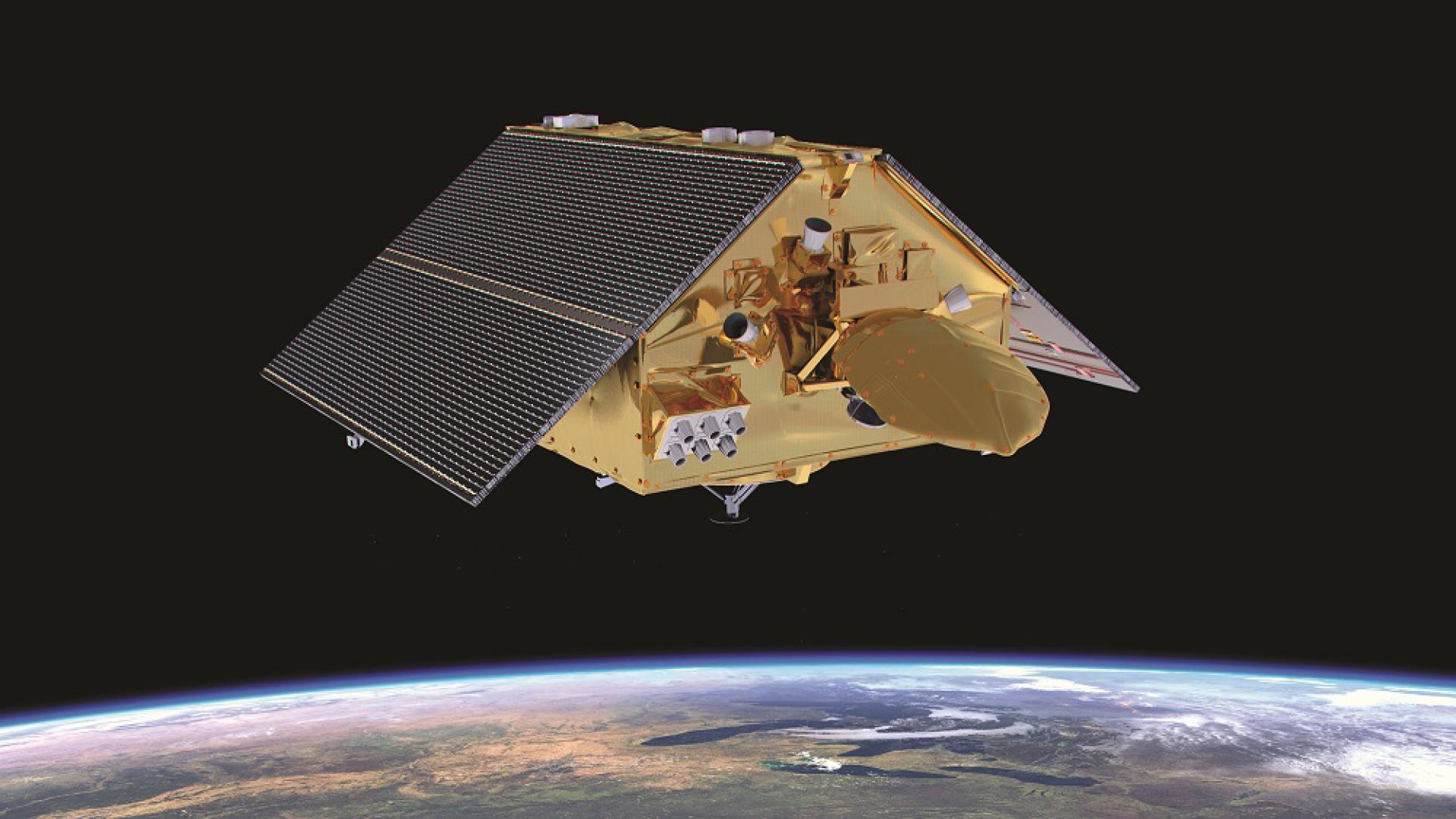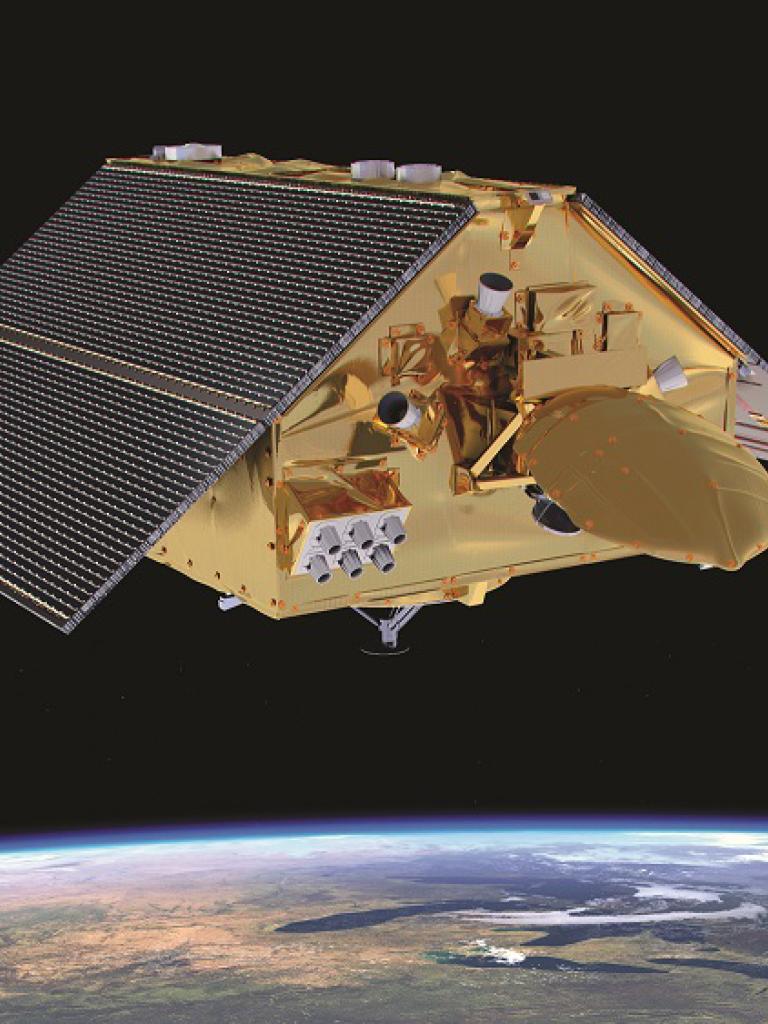
Critical data on sea level rise becomes available today
European-US satellite mission critical for measuring impact


More precise information about global sea level than has ever been available before – critical for monitoring climate change - comes on-stream today with the completion of 12 months of intensive, in-orbit testing of the Copernicus Sentinel-6 Michael Freilich satellite.
05 November 2024
29 November 2021
This unique, European-American mission will shortly become the reference mission, against which all other satellite ocean altimetry missions will measure their accuracy.
Today’s first release of high-resolution data from the satellite’s altimeter comes just weeks after the COP26 meeting in Glasgow heard more about the growing threat posed to coastal communities and island states from rising sea levels due to climate change.
“The data released today is critical for monitoring the impact of climate change on Earth’s oceans,” EUMETSAT Ocean Altimetry Programme Manager Julia Figa Saldana said.
“As the satellite ocean altimetry reference mission, it will continue the unbroken high-precision data record of sea level rise first started in 1992.
“Experts from around the globe have closely examined and validated the data, confirming that the Copernicus Sentinel-6 Michael Freilich mission is robust, precise and highly reliable.
“By cross-calibrating Sentinel-6 against its predecessor Jason-3 to within 1mm, we ensure that the 30-year long record of global mean sea level, as captured by satellite radar altimeters, continues uninterrupted.”
Copernicus Sentinel-6 Michael Freilich is controlled from EUMETSAT’s Darmstadt headquarters, where its altimetry data is processed then disseminated to users of the data.
The Copernicus Sentinel-6 Michael Freilich satellite was launched from California, in the United States, on 21 November 2020. It is the first of a new generation of ocean-altimetry satellites and will be followed into orbit by its twin, Sentinel-6B, in 2025.
“Preparing for rising seas and coastal hazards in a new climate starts with Sentinel-6 Michael Freilich,” Sentinel-6 Michael Freilich Program Scientist and Manager at NASA headquarters in Washington, Dr Nadya Vinogradova Shiffer, said.
“Information from this satellite will help us to deliver on COP26 commitments and inform our actions with accurate climate information.”
The partners in this cooperative mission are the European Commission, EUMETSAT, the European Space Agency, NASA and the United States’ National Oceanic and Atmospheric Administration, with support from the French Space Agency (CNES).
The satellite measures, every second, ocean height to within 3cm from an altitude of 1,336km above the Earth. This allows the global mean sea level to be determined with an accuracy of 1mm.
Lower accuracy, quick-release data from the Copernicus Sentinel-6 mission, released mid-year, are critical for weather forecasting purposes, for example, in models used to create seasonal forecasts or to forecast the development and track of hurricanes.

